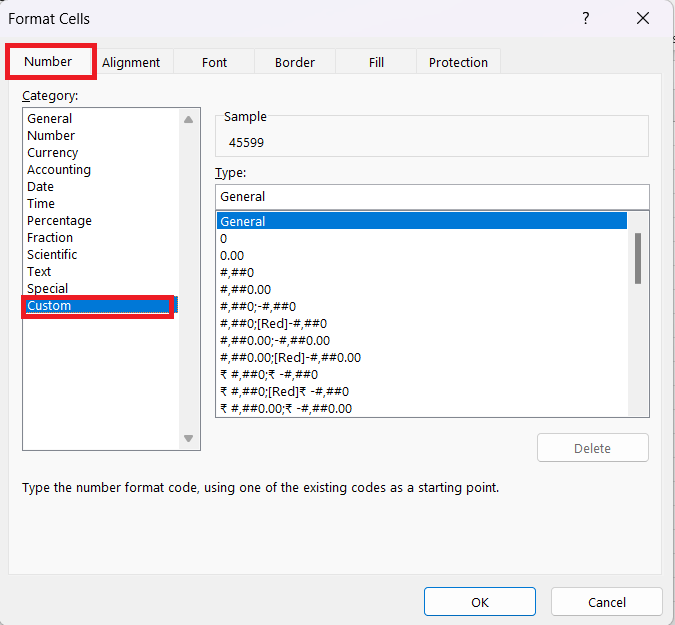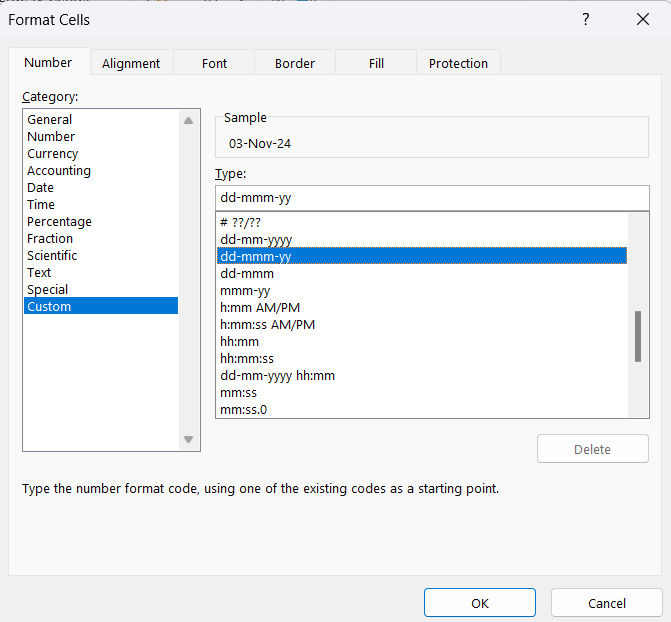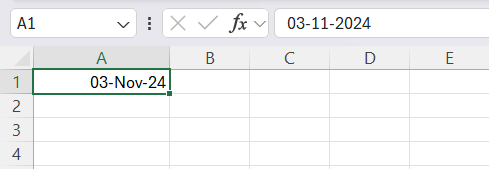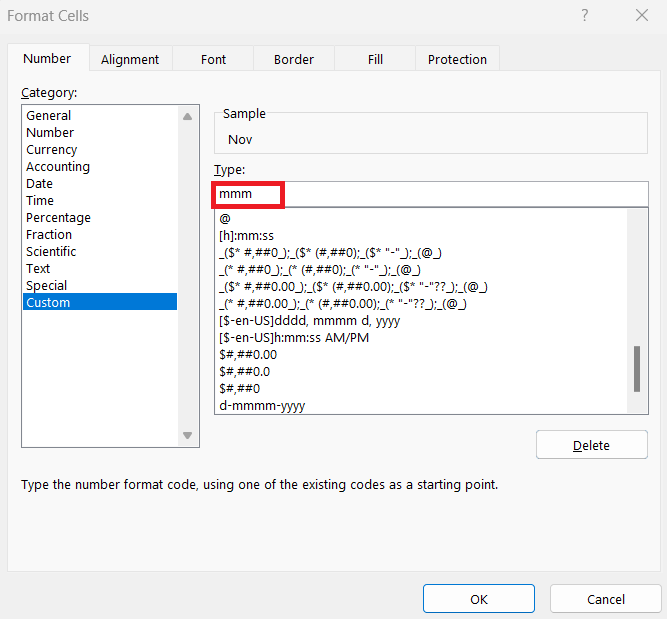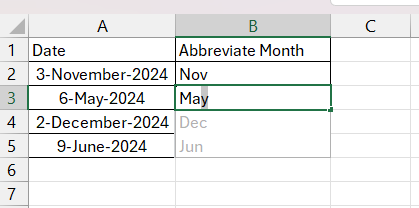When working with dates in Excel, there are times when a full month name is just too long. For cleaner displays or condensed summaries, abbreviating the month to its three-letter format (like Jan, Feb, Mar) can streamline your data without sacrificing clarity. I’ll walk you through a few effective ways to abbreviate months in Excel, so you can choose the method that best suits your needs.
Key Takeaways:
- Abbreviating months in Excel enhances readability and creates cleaner data displays.
- Custom date formatting with “MMM” in the Format Cells option quickly converts full month names to abbreviations.
- The
TEXTfunction offers flexibility in creating custom month abbreviations directly from dates. - Excel’s Flash Fill tool can automate month abbreviations across a large dataset for repetitive tasks.
- Abbreviated months in reports and charts improve visual clarity and keep data compact.
Unlocking Excel’s Time-Saving Secrets
Elevating Your Spreadsheet Game with Quick Tricks
One often overlooks the simple techniques in Excel that can have a huge impact on productivity. I’ve found that mastering quick tricks, like using keyboard shortcuts or employing the right formula, can turn a tedious spreadsheet task into a matter of a few keystrokes. Such shortcuts not only speed up data entry and formatting but also enhance the accuracy of your work by reducing the chance of manual errors.
Methods to Abbreviate Month in Excel
Customizing Date Formats Made Simple
Customizing date formats is a breeze once you get the hang of it. Instead of settling for Excel’s default date presentations, you can display the information exactly as needed for your specific context. It’s as simple, check the following steps:
STEP 1: Click on the Format Cells from the right-click menu or press Control (CTRL) + 1 on your keyboard.
STEP 2: In the Format Cells dialog box click on Custom.
STEP 3: Here, you can define how you want your dates to appear, from showing just the day to displaying an abbreviated month name.
STEP 4: Check the result.
It leaves the underlying date value unchanged, which is crucial for maintaining data integrity while improving readability.
Harness the Shortcut to Shortened Months
Shortening month names in Excel can be a real-time-saver, especially when preparing data for reports or presentations. Luckily, there’s a shortcut for that: use the Custom formatting option and type “MMM” in the Type box to convert full month names into their three-letter abbreviations instantly.
This simple adjustment can significantly improve the visual layout of your spreadsheets, providing a clear and concise view of monthly data without cluttering your workspace with lengthy date formats.
Crafting Custom Month Abbreviations with Formulas
For those times when built-in formats don’t quite fit the bill, crafting custom month abbreviations with formulas offers a greater level of control. The TEXT function becomes a powerful ally here. For instance, to transform a date in cell A1 to a three-letter abbreviation, the formula =TEXT(A1,"mmm") does the trick.
This method is flexible and allows for adjustments according to different local or professional standards. Beyond this, we can also apply formulas to convert month names to numbers or vice versa, which is handy when doing cross-referencing or chronological sorting.
Advanced Tricks for the Excel Enthusiast
Automating Abbreviations with Excel’s Flash Fill
Excel’s Flash Fill is like a magic wand for those of us who spend countless hours in spreadsheets. When you start typing the abbreviated form of a month, Excel can recognize the pattern and automatically fill in the rest for you. To activate Flash Fill, simply press Ctrl + E after typing a few examples.
It’s a smart feature that learns and adapts to your input, eliminating the need for manual entry or complex formulas when dealing with repetitive tasks such as abbreviating months across a large data set.
Practical Applications in Your Daily Tasks
Streamlining Reports with Abbreviated Dates
Streamlining reports with abbreviated dates can make a world of difference in terms of readability and professionalism. Something as straightforward as switching from ‘February’ to ‘Feb’ can tidy up tables and make temporal data easier to scan. I’ve seen many instances where abbreviating dates has made monthly reports more accessible and visually appealing.
Utilising Excel’s formatting capabilities ensures that despite the abbreviation, the full date is retained behind the scenes, preserving the ability to carry out date-sensitive calculations when necessary.
Visualizing Trends with Simplified Chronological Data
When visualizing trends, simplified chronological data can be the key to a clear and effective presentation. I recommend using one-letter month abbreviations (‘J’ for January, ‘F’ for February, etc.) in charts where space is limited and trends span several years. This method not only saves space but also focuses the audience’s attention on the trend line rather than the labels.
Excel can manage this with custom date formats or by manually editing axis labels—either way, the result is a streamlined graph that cleanly conveys your findings over time.
FAQs: Mastering Month Abbreviations in Excel
How do I quickly abbreviate all months in a column?
To quickly abbreviate all months in a column, select the column, then apply a custom date format by pressing Ctrl + 1, navigating to ‘Custom’, and entering ‘MMM’ into the Type field. This changes the format to three-letter abbreviations for all selected dates.
What are some common pitfalls when abbreviating months in Excel?
When abbreviating months in Excel, common pitfalls include neglecting to check for consistent date formats before applying abbreviations and mistyping custom format codes which leads to incorrect or unexpected results. Always verify your data before formatting to prevent issues.
How to use eomonth in Excel?
To use EOMONTH in Excel, type =EOMONTH(start_date, months) where start_date is your initial date, and months indicates how many months before or after. This returns the last day of the specified month. It’s great for calculating deadlines or end-of-period dates.
What is the shortcut key for month in Excel?
In Excel, there isn’t a specific shortcut key solely for formatting months. However, you can select your dates and press Ctrl + 1 to open Format Cells, where you can then set up a custom format like ‘MMM’ for the abbreviated month name.
What is the formula for monthly in Excel?
For monthly calculations in Excel, such as generating a series of consecutive months, use the EDATE function: =EDATE(start_date, months) where start_date is a cell with the initial date and months is the number of months to add.
John Michaloudis is a former accountant and finance analyst at General Electric, a Microsoft MVP since 2020, an Amazon #1 bestselling author of 4 Microsoft Excel books and teacher of Microsoft Excel & Office over at his flagship MyExcelOnline Academy Online Course.


